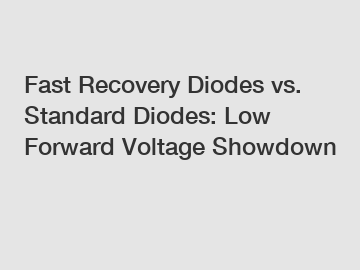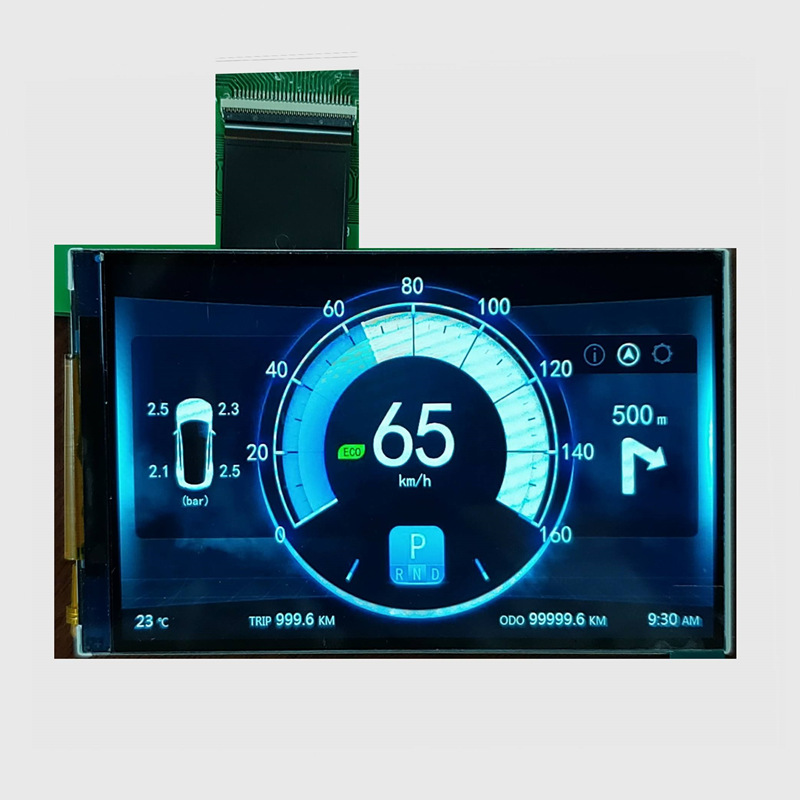LCD Screens vs. OLED Screens: The Battle of Display Technology
The world of display technology is rapidly evolving, with new and innovative options emerging every day. Among these, two technologies that have been receiving a great deal of attention lately are LCD screens and OLED screens. While both technologies have their pros and cons, there is much debate about which is superior. In this blog post, we will explore the differences between these two display technologies and their advantages and disadvantages.
Liquid Crystal Display (LCD) Screens.
Liquid crystal display screens, or LCD screens, are among the most common display technologies used today. They work by controlling a liquid crystal layer between two polarized glass panels. When an electrical current is applied to the liquid crystal layer, the crystals align, allowing light to pass through and creating an image.
One of the biggest advantages of LCD screens is their affordability. They are relatively inexpensive to manufacture, making LCD screens the go-to choice for most consumer electronics. They are also highly versatile, with the ability to create high-resolution images on small or large screens. Because of this, they can be found in a wide variety of devices, including televisions, computer monitors, and smartphones.
That said, LCD screens also have their drawbacks. One of the biggest issues with LCD screens is their limited viewing angles. Because of the way they work, LCD screens can appear faded or washed out when viewed from an angle. This can be especially problematic for larger screens, where the edges of the screen may be difficult to see or appear distorted.
Another drawback of LCD screens is their reliance on backlighting. Because LCD screens do not emit their own light, they require a backlight to create an image. This can lead to issues with contrast and color accuracy, as well as increased power consumption. While manufacturers have made great strides in improving LCD screen backlighting, it still presents a challenge for creating a high-quality image.
Organic Light-Emitting Diode (OLED) Screens.
Organic light-emitting diode (OLED) screens are a newer display technology that is quickly gaining popularity and use. OLED screens work by using a layer of organic compounds that emit light when an electrical current is applied. This eliminates the need for backlighting, resulting in a thinner, lighter display panel.
Additional reading:PMOLED Displays
What is the purpose of a Schottky barrier rectifier?
The Benefits of Using General Rectifier Diode
Top Tips to Purchase Industrial Resistors Efficiently
Key Questions to Ask When Ordering a Schottky Bridge Rectifier
Boosting Efficiency with Metal Oxide Resistors
Mastering Ultrafast Bridge Rectifiers: Your 2023 Guide
One of the biggest advantages of OLED screens is their superior image quality. Because of the way they work, OLED screens can create incredibly vibrant colors and deep blacks, resulting in stunning contrast and detail. Additionally, OLED screens offer wider viewing angles than LCD screens, making them well-suited for larger screens.
Another advantage of OLED screens is their energy efficiency. Because OLED screens do not require backlighting, they consume less power than LCD screens. This can be beneficial for devices that rely on battery life, such as smartphones and tablets.
That said, OLED screens also have their disadvantages. One issue with OLED screens is their susceptibility to burn-in. When a static image is displayed on an OLED screen for an extended period, it can cause permanent damage to the screen. This can be a concern for devices that display static images, such as televisions that display channel logos.
Another issue with OLED screens is their relatively high cost. Because of their advanced technology, OLED screens are more expensive to manufacture than LCD screens. This can make devices that use OLED screens more expensive for consumers.
Conclusion.
So, which display technology is superior? The answer, as is so often the case, is that it depends on your specific needs and preferences. If affordability and versatility are your top priorities, LCD screens may be the way to go. However, if high-quality image display and energy efficiency are more important to you, OLED screens may be the better choice.
Whatever your preference, both LCD and OLED screens offer unique advantages and disadvantages. Understanding these differences can help you make an informed decision when you are shopping for a device that uses one of these technologies. Ultimately, it is up to you to decide which technology best suits your needs and preferences.
Contact us to discuss your requirements of What are LCD Screens Made of, China Wholesale 20 4 LCD Displays Manufacturers, 8K LCD Panel Manufacturer. Our experienced sales team can help you identify the options that best suit your needs.
Additional reading:4 Tips to Select the Best Metal Oxide Resistors for Your Circuit Needs
Key Questions to Ask When Selecting a High-Performance Voltage Regulator
How are 1W Wirewound Resistors Revolutionizing Electronics?
The Advantages of Choosing LED Lighting Solutions for Your Home
Key Questions to Consider When Selecting High-Efficiency Solar Panels
The Advantages of Adopting Eco-Friendly Packaging Solutions
The Benefits of Using High-Efficiency Solar Panels for Home Energy











